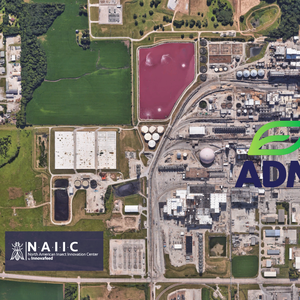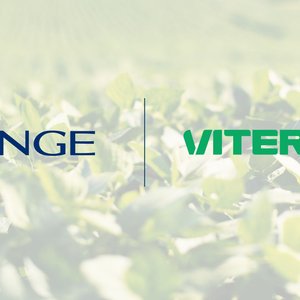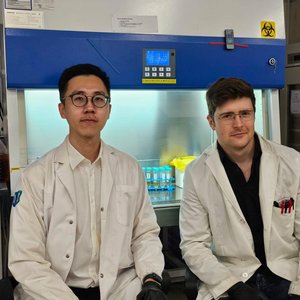Nofima is leading a new project to determine the feed and nutrition requirements of cleaner fish, which are an important weapon in the struggle against sea lice on salmon farms.
“The objective for the aquaculture industry is to become self-sufficient in cultivated cleaner fish, and so it is necessary to know how we should feed cleaner fish so that they survive and can be efficient lice-eaters,” stated project leader Ingrid Lein of Nofima.
In the four-year ‘CleanFeed’ project, Nofima, NIFES, the NMBU School of Veterinary Science and NTNU Ålesund will collaborate closely to discover new knowledge in an efficient manner. Lumpfish (Cyclopterus lumpus) and ballan wrasse (Labrus bergylta Ascanius, 1767) are the two cleaner fish the industry is cultivating, so research efforts will be concentrated on these two species. Lumpfish and ballan wrasse have quite different physiology, behavior and characteristics. The industry expectation is for both species to be robust, have low mortality and a solid health and nutritional status, in order to thrive in the salmon nets and do their job as lice eaters.
“The fish must receive the proper feed if we are to achieve this,” stated Lein.
The first trials in the project will examine the need for nutrients of both species. The first trial will address what the optimal balance of primary nutrients is for lumpfish. The next step is to investigate the need for micro-nutrients, i.e. minerals and vitamins. The need for nutrients varies according to factors such as size of the fish, temperature, growth speed and stress. It is therefore impossible to define one need that will apply to all situations.
Experience from cultivated lumpfish shows that they can often develop grey cataracts. The lens of the eye becomes clouded so that sight in the fish is diminished. Good sight is especially important to the cleaner fish so they are able to graze efficiently on the lice that are attached to the salmon. Scientists will also investigate whether there is a connection between feed and the development of cataracts.
“In this project, we will find the optimal composition of feed for the sizes of lumpfish and ballan wrasse concerned. Because the two species are so different to begin with, it is necessary to develop feed that is suitable for each individual species,” stated Øystein Sæle of NIFES.
“The objective is for cleaner fish, preferably a combination of lumpfish and ballan wrasse, to be in the cage with the salmon throughout an entire production cycle. One of the prerequisites for this is without doubt good nutrition for the cleaner fish. We are looking forward to obtaining results in this project over the next four years,” says Lein.
Learn more about the CleanFeed project










